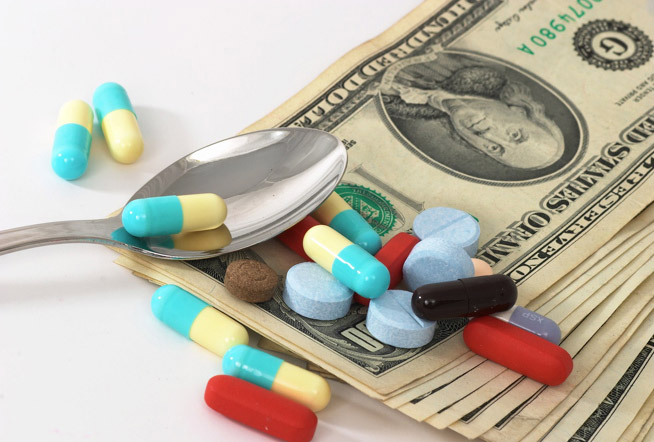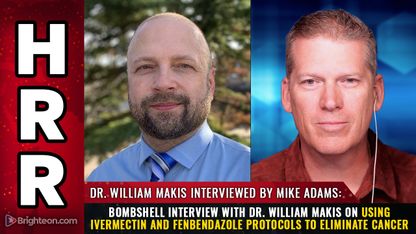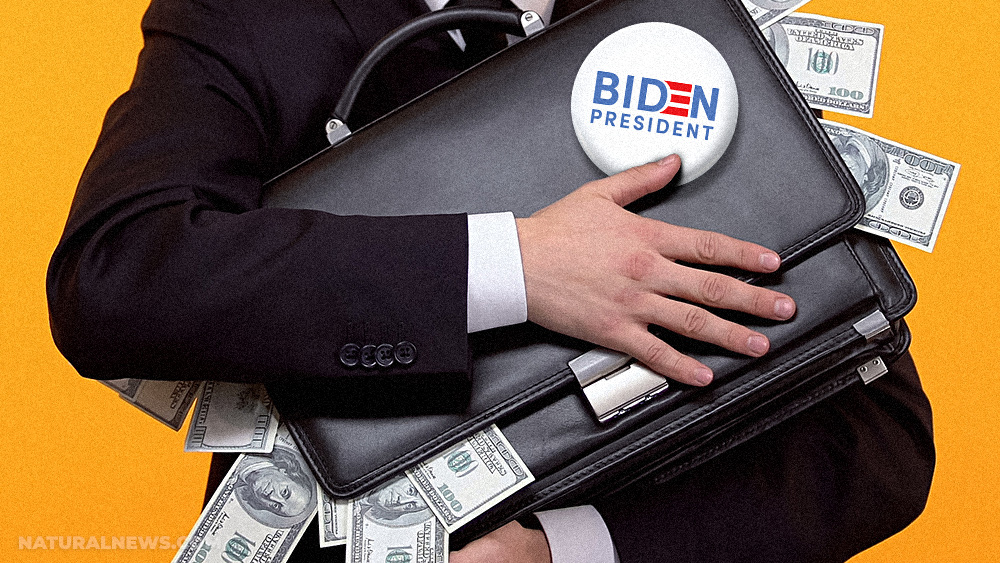
“We need to put a stop to the unethical and greedy behavior in the pharmaceutical industry that is fueling the opioid crisis in our state,” said Attorney General Mark Brnovich, who believes that this fraud has had a direct impact on the state’s out-of-control addiction problem. (Related: Opioid epidemic reaches whole new crisis level as Big Pharma drugs out America for profit.)
Subsys is so addictive that it is a drug of last resort, and can only legally be prescribed for cancer patients who are in excruciating pain, and for whom no better pain relief exists. As noted in an earlier Natural News article, fentanyl is 50 times stronger than pure heroin, and is 100 times more potent than morphine:
Fentanyl, a powerful prescription pain medication, is an entirely synthetic opioid initially meant to ease cancer patients to death. Even with its intended purpose, health regulation groups repeatedly warn of the drug’s deadly side effects and caution doctors to only prescribe it as a last resort. That being said, recent data reveals that more doctors are prescribing fentanyl to their patients, even for cases such as tonsillitis.
In fact, Insys went so far as to pay doctors “speaking fees” to write scripts for addicts who did not have cancer and were not eligible for the medication. (Related: Get up-to-date information about the country’s opioid crisis at Addiction.news)
The state of Arizona is pursuing legal action against at least three such doctors: Steve Fanto, Nikesh Seth and Sheldon Gingerich, none of whom responded to the Mail’s requests for comment.
The pharma company’s fraudulent activities were not confined to Arizona, either; they are facing numerous lawsuits on a state and federal level for similar activities across the country.
Six former Insys executives and managers, including former Chief Executive Michael Babich, have been implicated in the fraud and are facing criminal charges. Several other staff members, across multiple states, have also been charged with similar crimes.
The Mail explains how America’s opioid addiction rapidly spiraled out of control:
In the early 2000s, the FDA and CDC started to notice a steady increase in cases of opioid addiction and overdose. In 2013, they issued guidelines to curb addiction. However, that same year - now regarded as the year the epidemic took hold - a CDC report revealed an unprecedented surge in rates of opioid addiction. Overdose deaths are now the leading cause of death among young Americans - killing more in a year than were ever killed annually by HIV, gun violence or car crashes.
The Centers for Disease Control and Prevention (CDC) notes that between 2000 and 2015, over half a million people died from drug overdoses – most of which involved opioids. As many as 91 Americans die each day from an opioid overdose.
Apparently, Big Pharma couldn’t care less about that. As long as they can find a way to make money they will pursue it – irrespective of who they harm in the process.
Sources for this article include:
Please contact us for more information.























